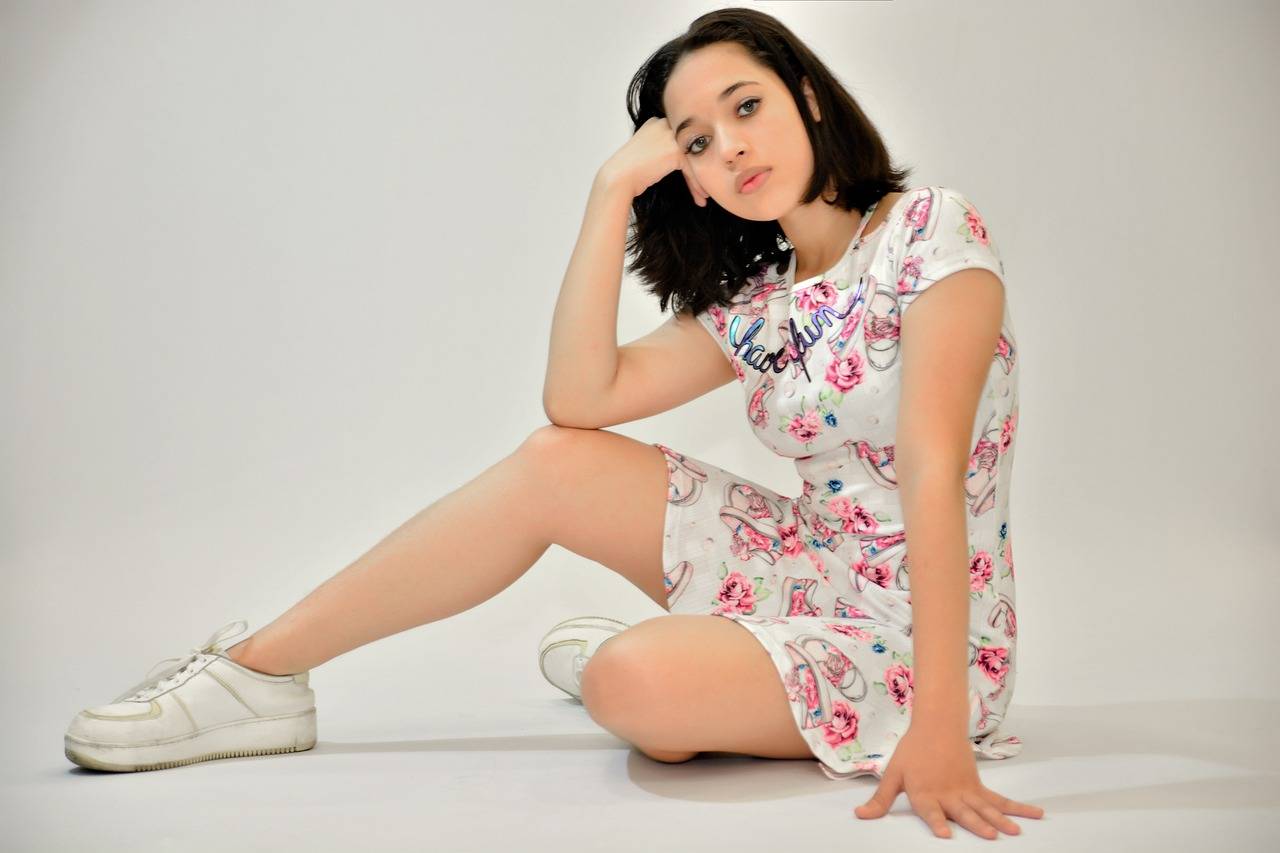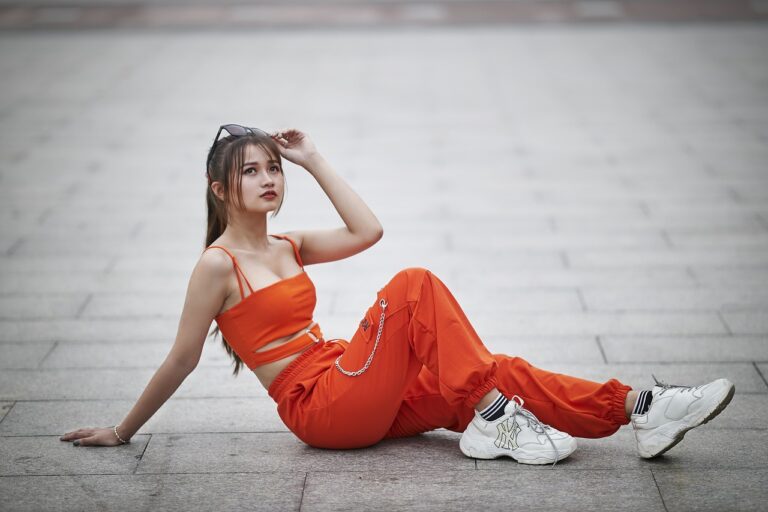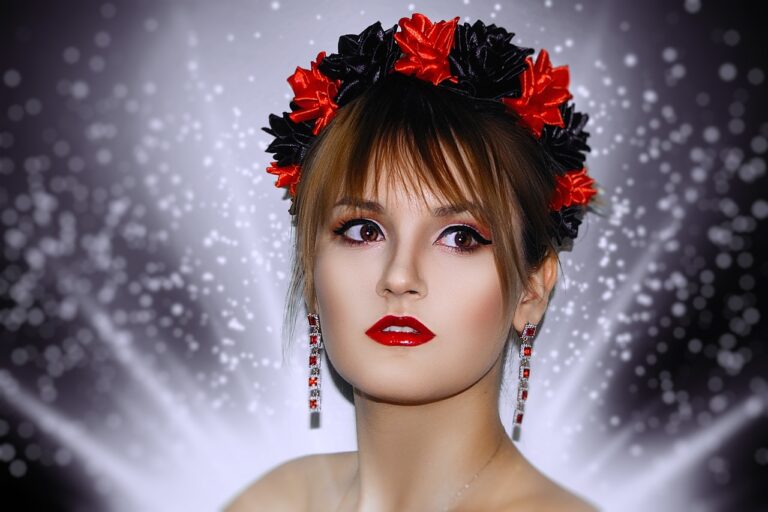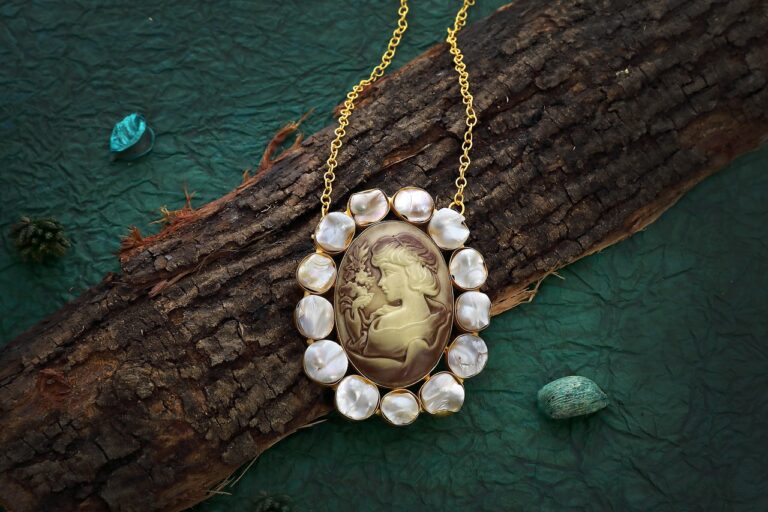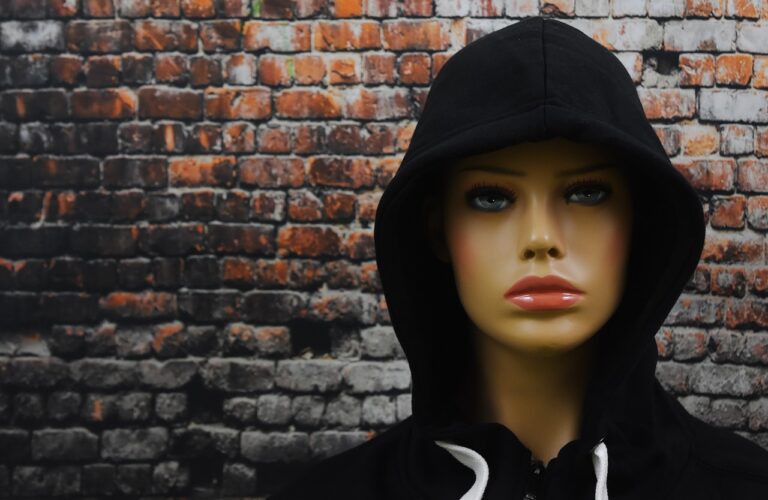The History of Fashion Weeks
In the past, fashion showcases were simple and intimate affairs, often held in private settings for a select audience of elite individuals. Designers would personally present their collections to potential clients, allowing them to see and touch the garments up close. These early presentations focused on the craftsmanship and artistry of the pieces, with minimal emphasis on entertainment or spectacle.
As the fashion industry evolved, showcases began to take on a more public and theatrical nature. Designers started staging larger-scale events to attract media attention and reach a broader audience. Runway shows became the norm, with models strutting down catwalks to display the latest designs in a more dynamic and visually engaging manner. The evolution of technology also played a role, with live streaming and social media allowing fashion showcases to reach viewers around the world in real time.
Origins of Fashion Presentations
Fashion presentations have been a fundamental aspect of the industry for centuries. Dating back to the 19th century, these showcases began as exclusive events for elite clientele to view the latest collections from high-end designers. Originating in Paris, these presentations quickly gained momentum and became a standard practice within the fashion world.
As the fashion industry evolved, so did the format of these presentations. What began as simple informal gatherings transformed into elaborate and theatrical displays, with designers incorporating various themes, music, and even storytelling elements to enhance the overall experience for the audience. This evolution marked a significant shift in how fashion was not only presented but also perceived by the public.
What led to the evolution of fashion showcases?
The evolution of fashion showcases can be attributed to the increasing demand for designers to display their creations in a more visually appealing and impactful manner.
How did fashion presentations originate?
Fashion presentations have roots in the 19th century when designers started hosting private showings for clients and buyers to showcase their latest collections.
What are some common elements of fashion presentations today?
Common elements of fashion presentations today include runway shows, digital presentations, and immersive experiences that aim to captivate and engage the audience.
Why are fashion presentations important in the industry?
Fashion presentations are important in the industry as they serve as a platform for designers to showcase their creativity, gain exposure, and attract potential buyers and clients.
How have fashion presentations evolved over time?
Fashion presentations have evolved from intimate showings to large-scale events with elaborate sets, music, and choreography to create a unique and memorable experience for the audience.

